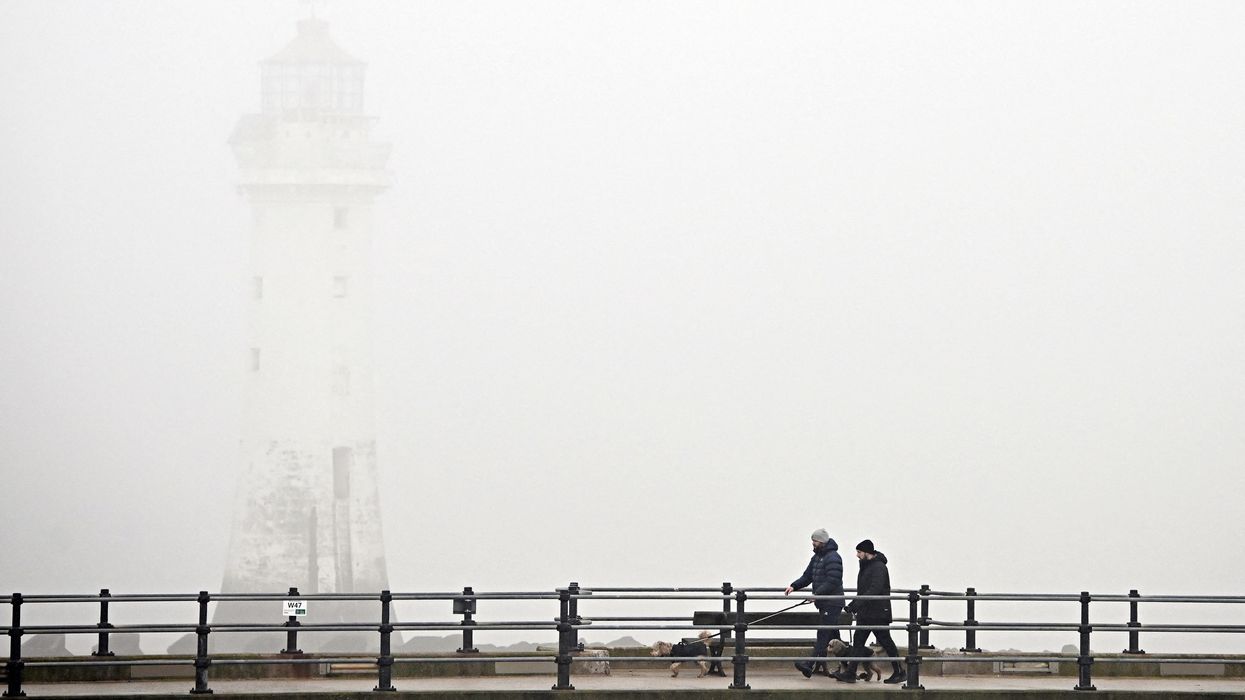In an attempt to keep an Indian artwork in the UK, British minister for Arts, Heritage, and Tourism, Michael Ellis has blocked the export of a ‘unique’ watercolour painting worth £550,000 depicting a traditional musical performance in mid-18th century Northern India.
The ‘unique’ watercolour painting ‘Trumpeters’ by Nainsukh of Guler (1710-1778) depicting a traditional musical performance in mid-18th century Northern India is at risk of export unless a UK buyer is found for the £550,000 piece.
The delicate miniature, described by experts as of a ‘rarely found calibre’, shows seven village musicians on a terrace, striking different poses and faces, while energetically blowing the exceptionally long Pahari horns called Turhi, in the hill region of Northern India. It is a fine example of Nainsukh of Guler’s trademark gift of detailed observation and complex directional composition.
The artist is considered to be one of the most acclaimed of the Pahari (Hills) movement, which was a major and popular genre of Indian miniature painting during the period. Some of his other works are exhibited in public collections in the UK, including the Victoria and Albert Museum and the British Museum.
The miniature is an example of the colour and light of India which inspired its first owner, renowned artist Winifred Nicholson (1893-1981), whose works have been exhibited in world-leading galleries including the Tate.
Michael Ellis commenting on the artwork said, “Nainsukh’s artistic influence has been felt around the world for generations and this piece demonstrates the outstanding aesthetic importance of his work. I hope that this piece can be kept in the UK, not only for its beauty but to help further the study of Indian art and history.”
Reviewing committee on the export of works of art and objects of cultural interest member Peter Barber said, “the export bar offers a British gallery, museum or library the opportunity to acquire this painting. Like the Mantegnas, it would then remain, and be enjoyed, in this country and the connections between two great works of Asian and European arts could be further investigated”.
The decision to defer the export licence follows a recommendation by the reviewing committee on the export of works of art and objects of cultural interest, administered by the arts council. They made their recommendation on the grounds that the painting is of outstanding aesthetic importance and of significant use in the study of Indian history.
The decision on the export licence application for the painting will be deferred until February 15, 2019. This may be extended until May 15, 2019, if a serious intention to raise funds to purchase it is made at the recommended price of £550,000.



















